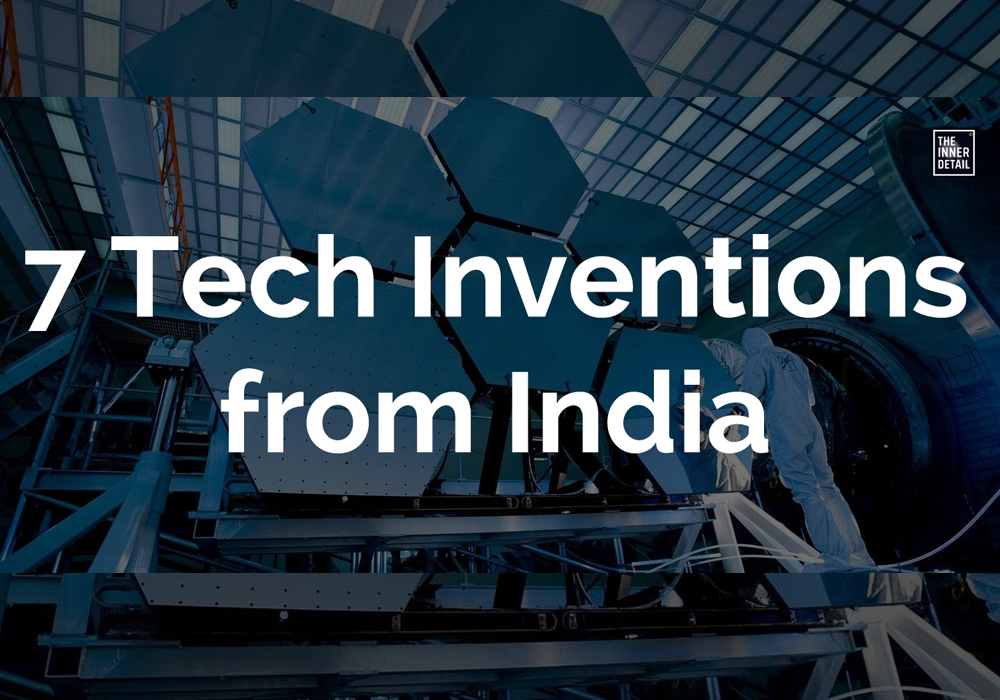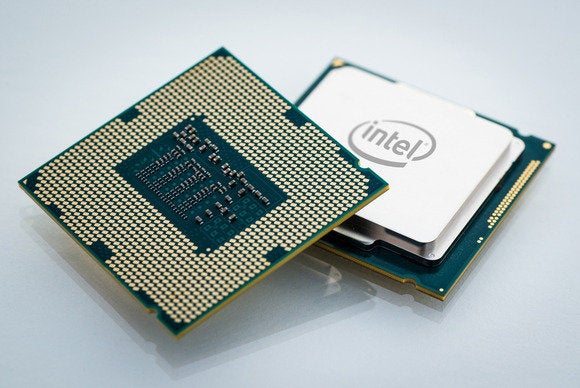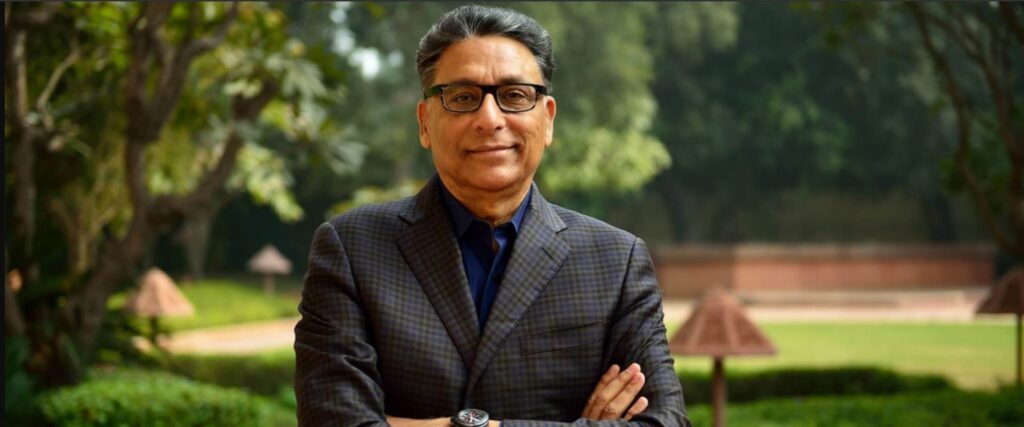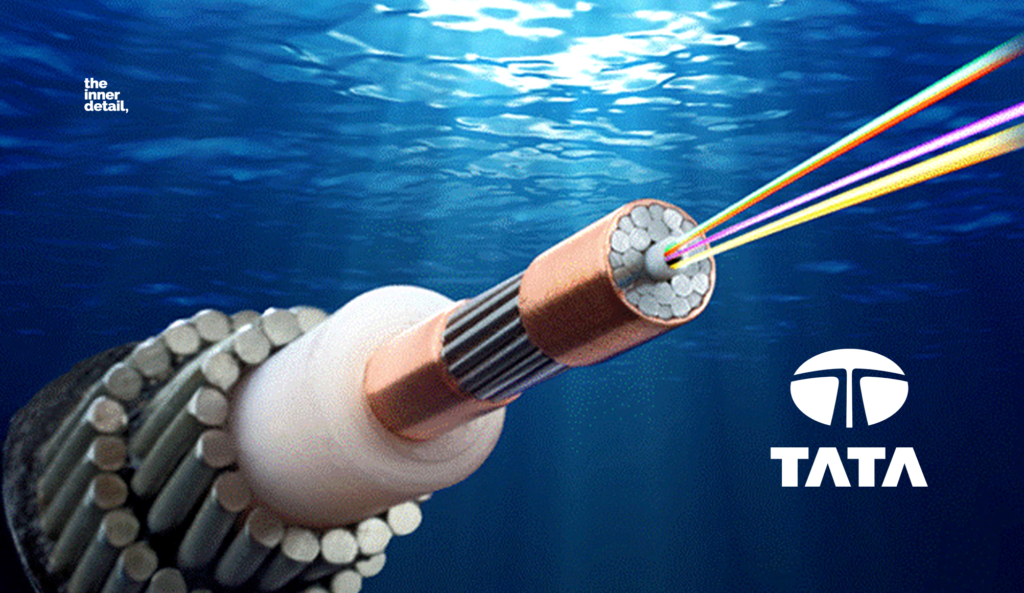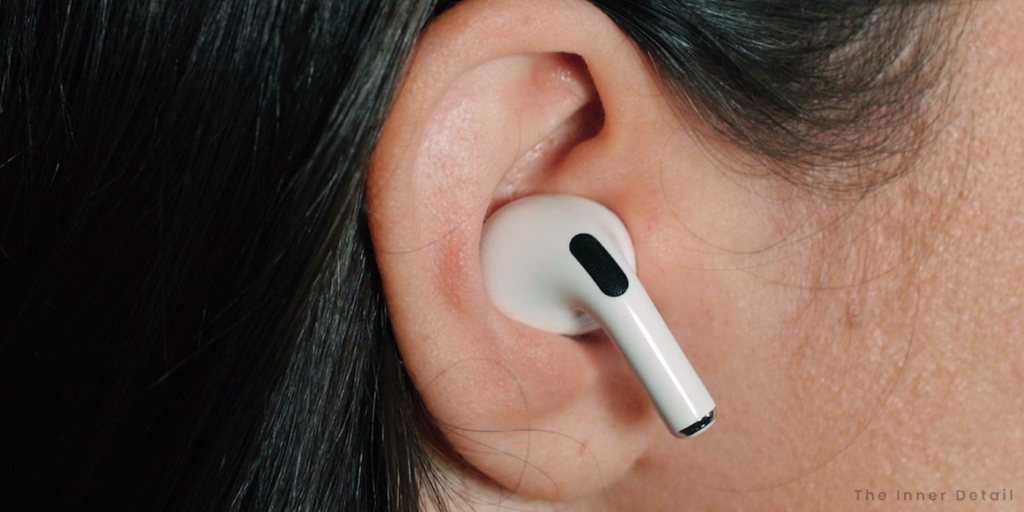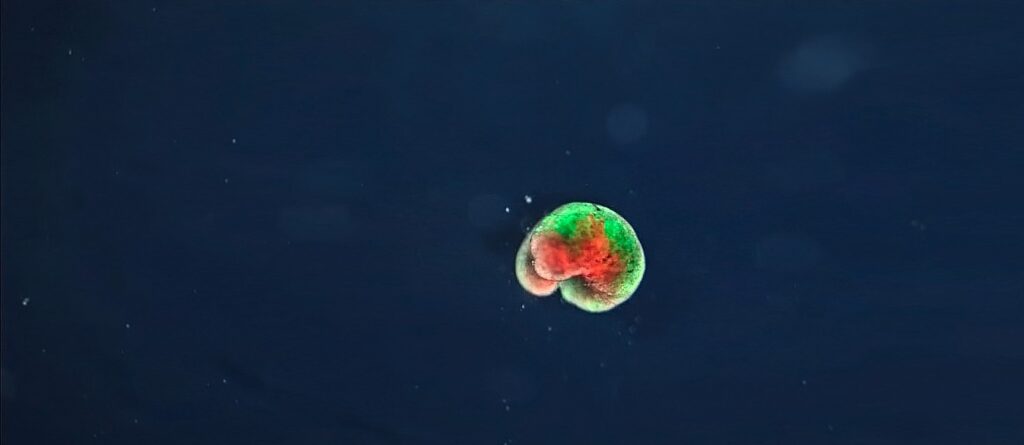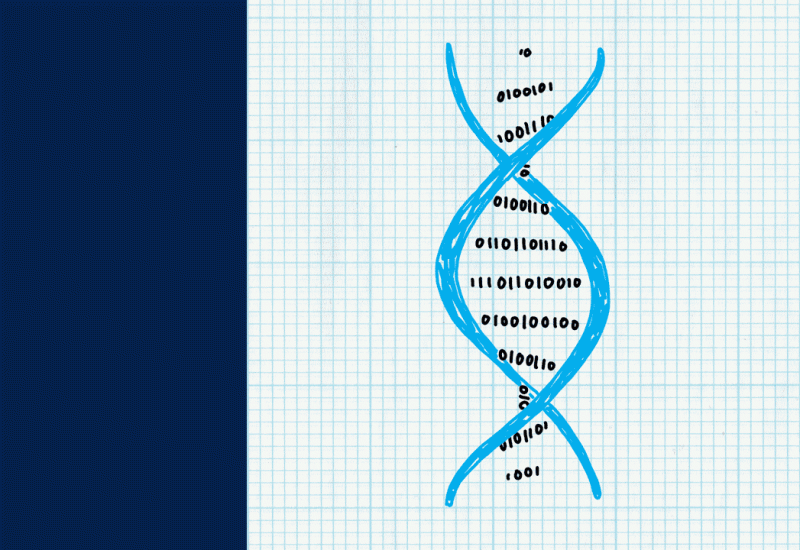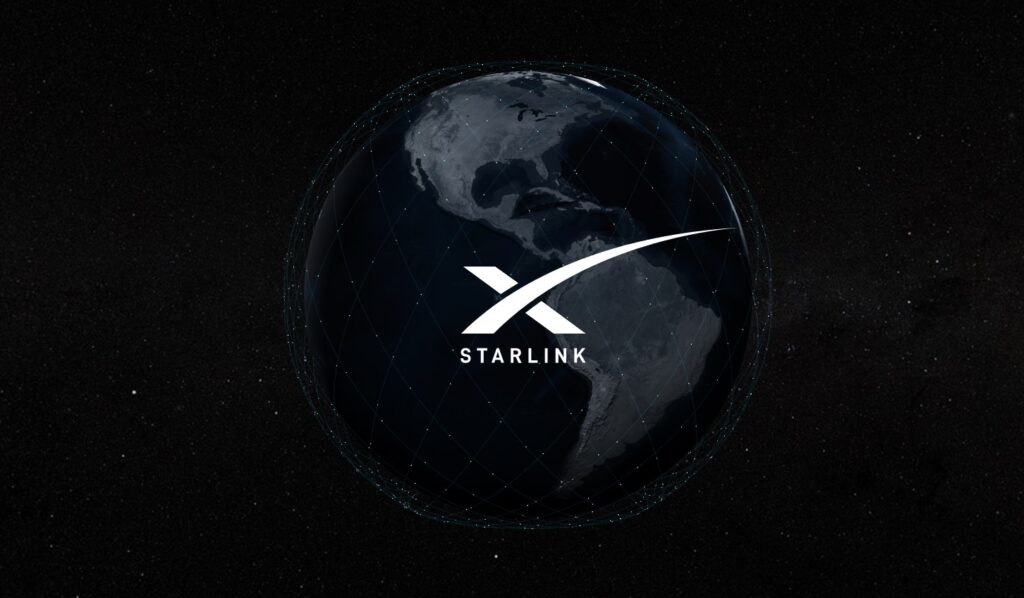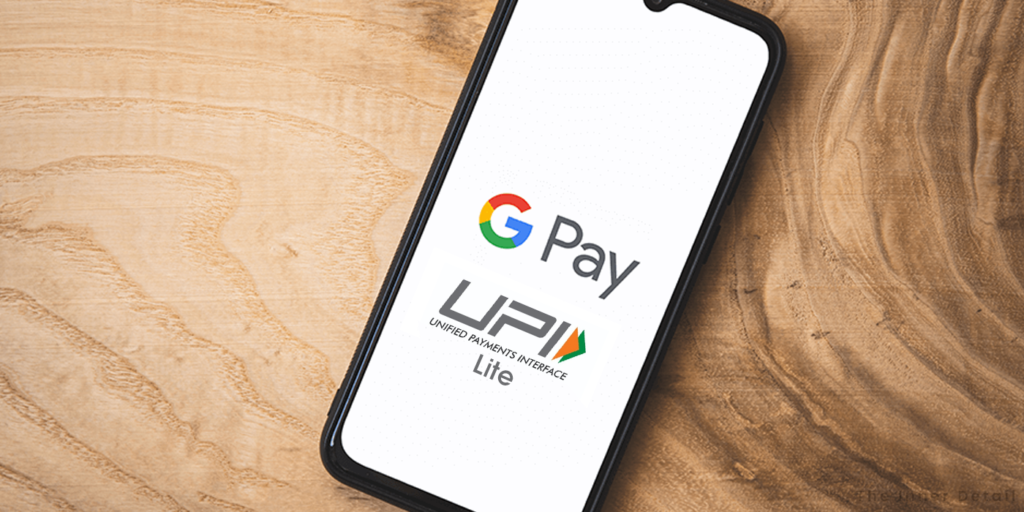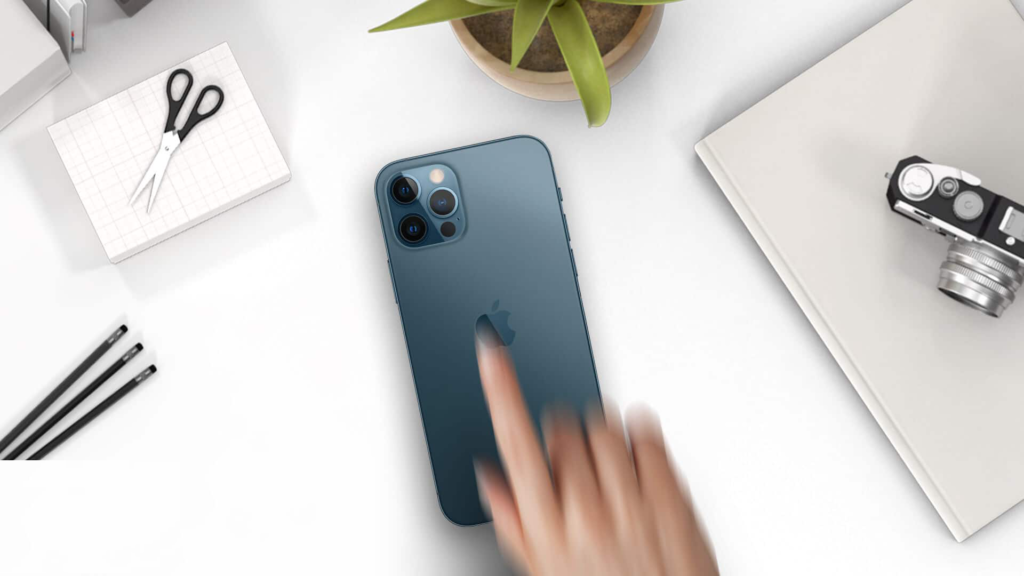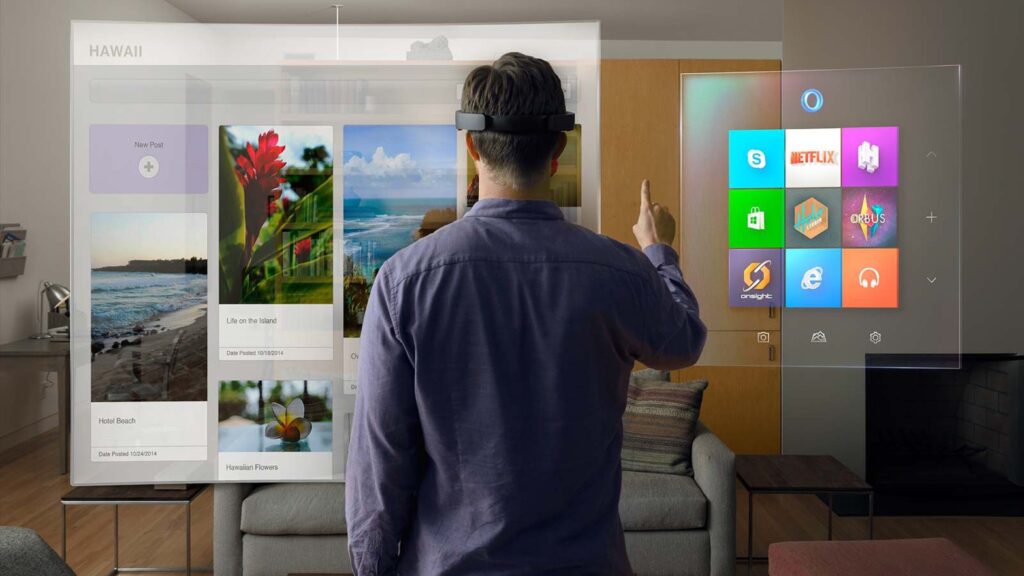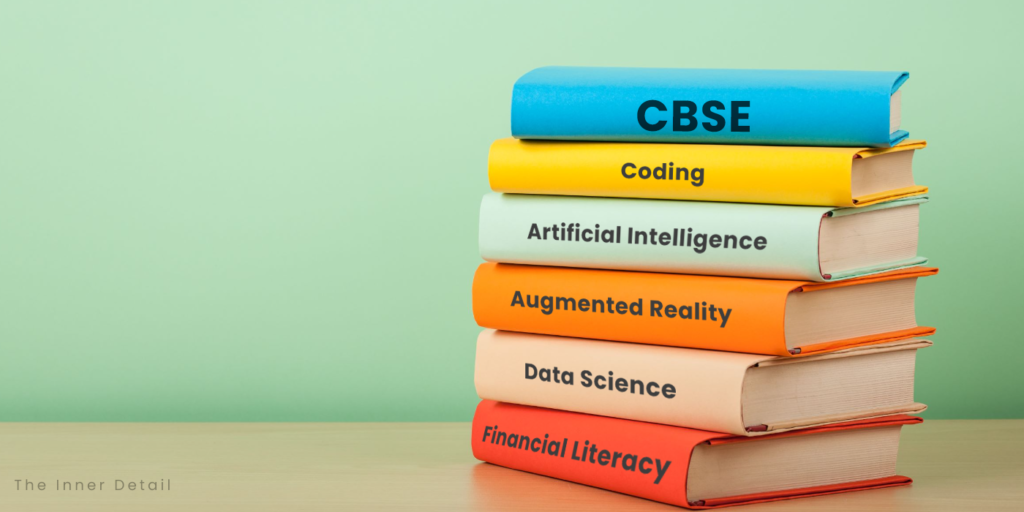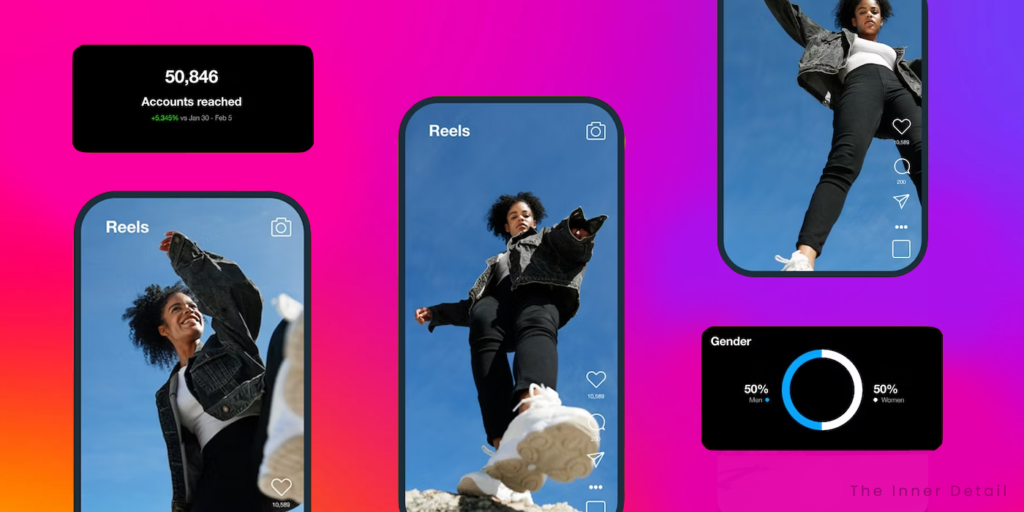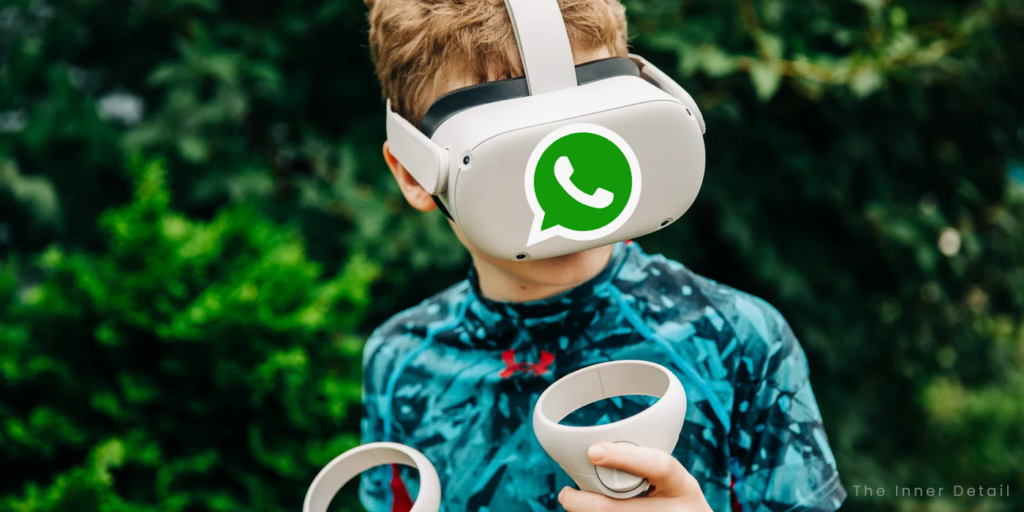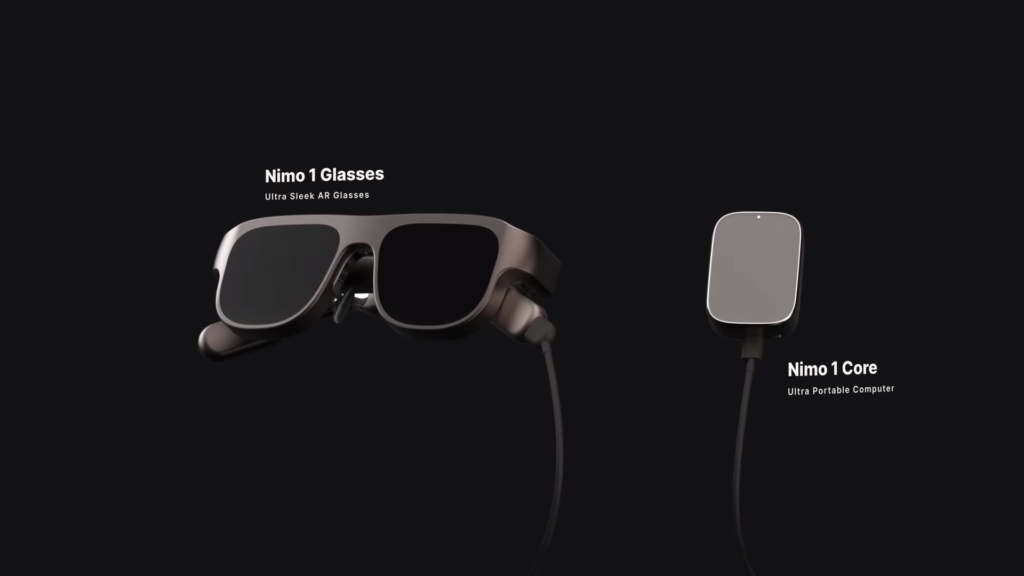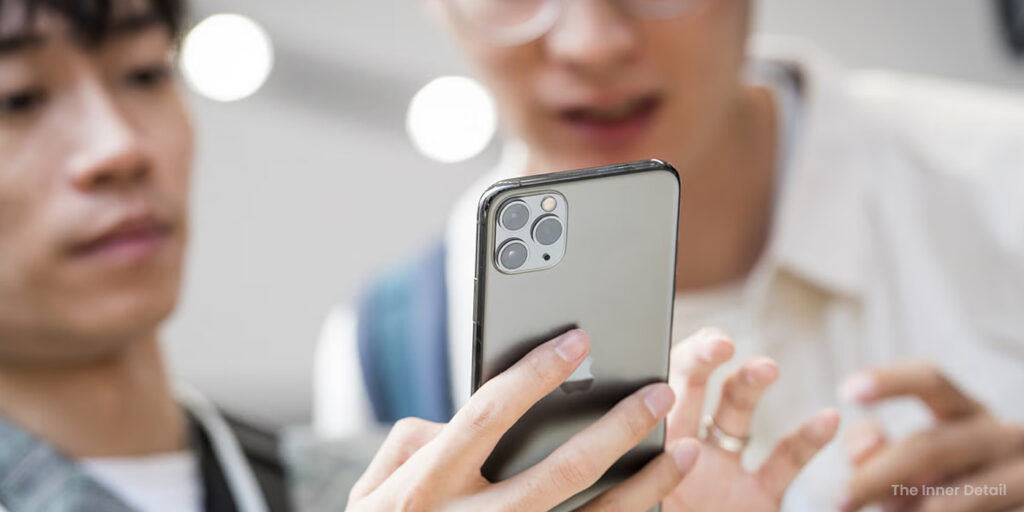Technological discoveries and inventions that got its existence mostly in the late 1900s and early 2000s, serve as the launching pads for a new era of innovation in fields of computers, electronics, manufacturing and day-to-day life.
Be that as it may, the inventions and discoveries emerged from top nations of the world like U.S, China & Japan, India too have a job with supplying the tech-needs to the world, that are mostly vital in its application as of now. Here are 7 such tech-inventions / discoveries that India gave the World.
USB & USB port
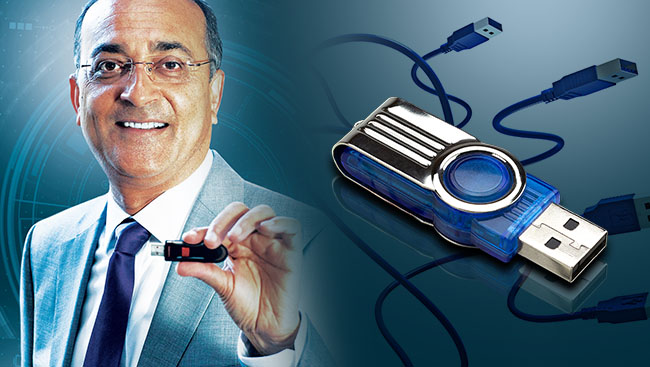
Brooking you to transfer files from your computer to a small pocketable device seamlessly, and the ease of connecting various devices, modern humans should be grateful for the USB (Universal Serial Bus) and to its inventor Ajay V Bhatt, who is from Bangalore, Indian-born American.
Ajay V Bhatt invented USB in 1995 out of a demand to have a common port that can be adapted by systems across different platforms. This idea and adaptation led manufacturers of peripheral devices like keyboards, speakers, mouse and any e-device to design the same, which would ultimately reduce the production cost, increase overall compatibility and be user-friendly.
The Bengaluru man not only developed the USB, but aided in several other techs like AGP (Accelerated Graphics Port), PCI Express, Platform Power Management Architecture and other chipset improvements. Thanks to him.
Simputer
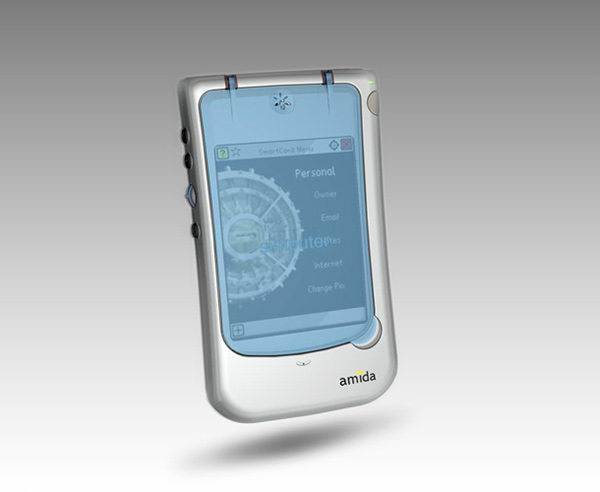
The Simputer was a self-contained, open hardware Linux-based handheld computer, first released in 2002. Developed in, and primarily distributed within India, the product was envisioned as a low-cost alternative to personal computers.
The device was designed by the Simputer Trust, a non-profit organization formed in November 1999 by seven Indian scientists and engineers led by Dr. Swami Manohar. The word “Simputer” is an acronym for “simple, inexpensive and multilingual people’s computer”.
The device includes text-to-speech software and runs the Linux operating system. Similar in appearance to the PalmPilot class of handheld computers, the touch sensitive screen is operated on with a stylus; simple handwriting recognition software is provided by the program Tapatap.
With initial goals of selling 50,000 simputers, the project had sold only about 4,000 units by 2005, and has been called a failure by news sources.
Fiber Optics
The one that is capable of delivering an undisturbed, high-speed data travel is what optical fibers are praiseful for. They are often used as a means to transmit light between the two ends of fiber, proffering a clean and wide range of communications.


Though the founder and the one who demonstrated the principle behind this, is two French people Daniel Colladon and Jacques Babinet, the name ‘Fiber Optics’ and publishing an article of its engineering application and use was first put front to the world by an Indian Narinder Singh Kapany, a pioneering scientist, entrepreneur and philanthropist.
Born in Punjab, graduated in Agra University, Narinder Singh is honored to be the “Father of Fiber Optics”, for his journal and book about the field for the first time ever. He coined and explained the term in 1960 in Scientific American and started out his own company Optics Technology Inc.
If you ever feel thankful to your stable fiber-network internet connection in your home & office, spread the name of him, as he is one of the 20 unsung heroes of 20th century!
Have you read this? Top 10 Young Entrepreneurs in India
Radio-waves & Microwave Communication
Although video killed the radio star, radio waves went on to take different forms from being used in telecommunications to broadcasting signals. Radio waves or microwave communications were heavily studied during the latter part of the 19th century.
But it was an experiment demonstrated by Jagadish Chandra Bose in 1895 that encapsulated the potential uses of microwaves in communication.
Bose transmitted microwaves using his apparatus, showcasing that they are a form of “invisible light” that pass through solid objects with ease.
Bose’s revolutionary demonstration formed the foundation of the technology used in mobile telephony, radars, satellite communications, radio, television broadcasts, WiFi, remote controls and countless other applications that are used widely today.
Pentium Chip
The invention of the Pentium microprocessor chips took computers to the next level of processing. A microprocessor, like the one powering your computer or your smartphone, consists of millions of transistors that process numerous functions in a split second.
For the chip, we must thank Vinod Dham. Known as the Father of the Pentium Chip, Vinod developed the chip for Intel in the year 1993. When it came out, it put to shame its competitors like Motorola, SPARC and Alpha microprocessors.
The superscalar architecture and the 64-bit computing are still the base technology for many computer chips today.
Hotmail
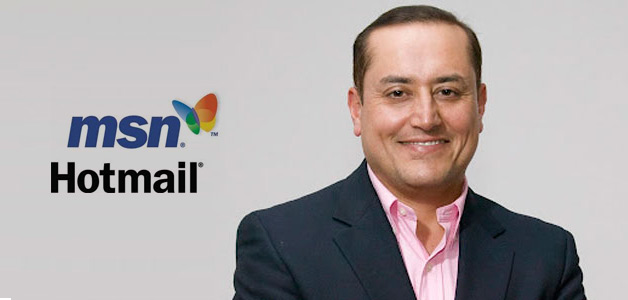
What most of the Windows user is getting the lots of use of, the one which is widely used worldwide, ‘Outlook’ owes its origin to ‘Hotmail’, one of the first webmail services on the Internet, founded by two Indians. The person behind its creation is also an Indian, Sabeer Bhatia. Sabeer along with one of his colleagues, Jack Smith, launched hotmail.com on July 4, 1996, that was later acquired by Microsoft in 1997 and permuted to Outlook.
Digital Vaccines
Want to lure away kids from sugary beverages and junk food? An Indian start-up is attempting to do just that to enforce healthy eating in a fun and interactive manner, by using a ‘Digital Vaccine’.
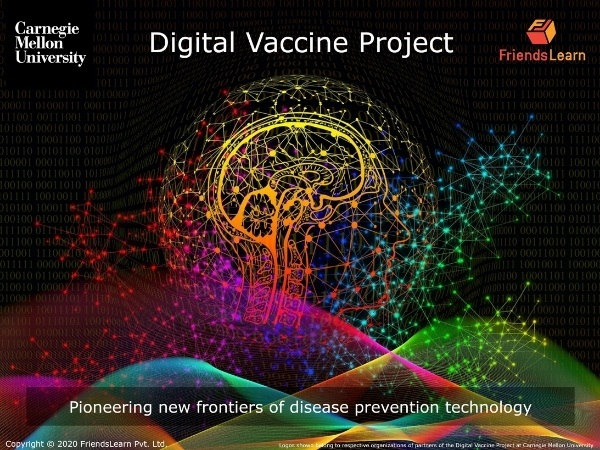
Tech and innovation have a role to play to improve processes and experience in all aspects, and it’s no different when it comes to institutionalizing positive behaviour change in kids.
A Chennai-based company, FriendsLearn founded in 2011, has completed trials which show “path breaking evidence” of an ability to influence healthier food choices among children through a mobile game, based on neurocognitive science and virtual-reality stimulation-based implicit learning.
All this Happened in India:
Banana Leaf Technology – A young Indian’s invention
Wind Turbine that generates both Electricity & Water – A 23-yr old Indian Engineer’s Innovation
This Indian School accepts Plastic Wastes as School Fees
Bhargav Sri Prakash, founder & CEO of FriendsLearn, born in Chennai, India, says: “There is strong evidence to show our methods of neuro-behaviour modulation relating to dietary habits, is safe and produces strong and tangible health outcomes. This is the first such study that reports health outcomes as a result of neurocognitive training through immersive mobile games for children, which draw from experiential and implicit learning models. The results of the trial are determined through advances in machine learning and deep learning to connect specific experiences of a child with observe health outcomes”.
